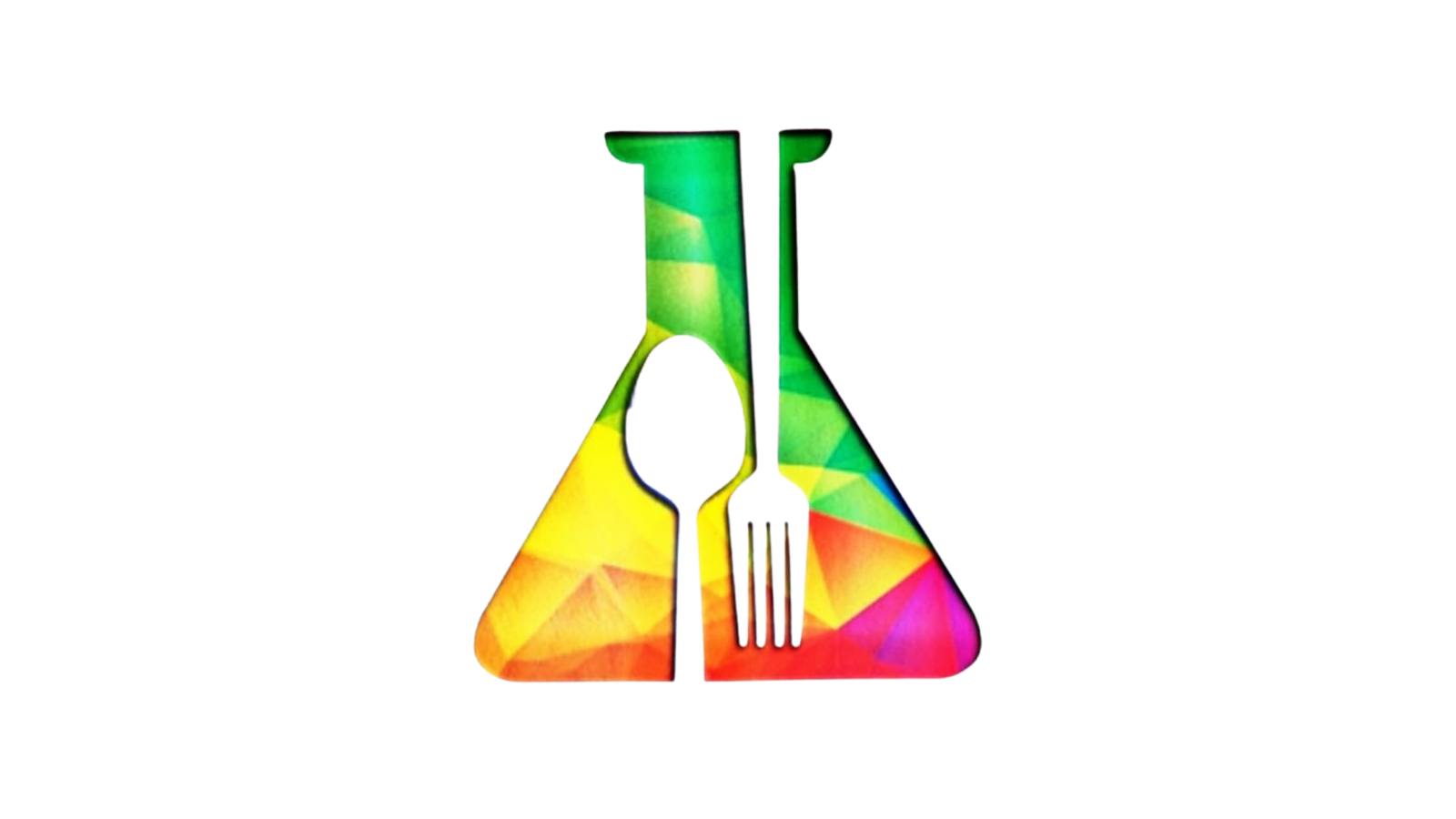Q. Which of the following act as chelating agent
- Sulphur dioxide
- Chromium oxide
- Sorbic acid
- Citric acid
Answer: d)
Chelating agents are food additives that prevent oxidation and increase shelf life of baked goods. They sequester metals, preventing them from taking part in color or flavor deterioration. Chemically, chelating agents are organic compounds with a ring-like center which forms at least two bonds with the mineral ion to produce complex structures, referred to as chelates.
Examples of include:
- Ethylenediaminetetraacetic acid (EDTA)
- Polyphosphates
- Organic acids such as citric or tartaric
Q. Nitrate and Nitrite is helpful in meat processing as it
- increases tenderness
- increases Juiciness
- improves colour
- prevents from microbial deterioration
Answer: c)
Nitrates and nitrites have been traditionally used as curing agents in the production of cured meat products. Beneficial effects of the addition of nitrates and nitrites to meat products are the improvement of quality characteristics as well as the microbiological safety.
The nitrates and nitrites are mainly responsible for the development of the distinct flavor, the stability of the red color, as well as the protection against lipid oxidation in cured meat products. The nitrites show important bacteriostatic and bacteriocidal activity against several spoilage bacteria as well as foodborne pathogens found in meat products. The nitrites prevent the growth and toxin production by Clostridium botulinum.
According to Commission Regulation (EU) No. 1129/2011, nitrates (sodium nitrate, E251; potassium nitrate, E252) and nitrites (potassium nitrite, E249; sodium nitrite, E250) are listed as permitted food additives. Nitrates are relatively non-toxic, but nitrites, and nitrites metabolic compounds such as nitric oxide and N-nitroso compounds, have raised concern over potential adverse health effects.
Recently, the International Agency for Research on Cancer (IARC) concluded that ingested nitrates or nitrites are probable carcinogen to humans under conditions favoring the endogenous nitrosation. Legal limits for the addition of nitrates and nitrites have been set by several countries and EU [Commission Regulation (EU) No. 601/2014].
Q. Which of the following ligand can act as chelating agent but does not have chiral centre?
- Nitriloacetate
- Butylene diame
- Propylene diamine
- None of these
Answer: a)
Q. What is the proposed mode of action of citric acid
- Dehydration
- Osmosis
- Chelation
- None of the above
Answer: c)
Anhydrous Citric Acid is a tricarboxylic acid found in citrus fruits. Citric acid is used as an excipient in pharmaceutical preparations due to its antioxidant properties. It maintains stability of active ingredients and is used as a preservative. It is also used as an acidulant to control pH and acts as an anticoagulant by chelating calcium in blood.
Q. Hydrogen peroxide is used as the preservative ion for which of the following food commodity
- Meat
- Bread
- Confectionery
- Milk
Answer: d)
Hydrogen peroxide (H2O2) has a long-established history of use as a preservative in milk worldwide. The use of H2O2 to activate the inherent lactoperoxidase enzyme system has dramatically improved the quality of raw dairy products in areas in which cooling is not widely available.





